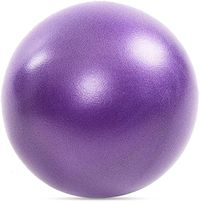A Pilates instructor says these three exercises will strengthen your pelvic floor and lower abs
Everyone can benefit from pelvic floor exercises—here's why
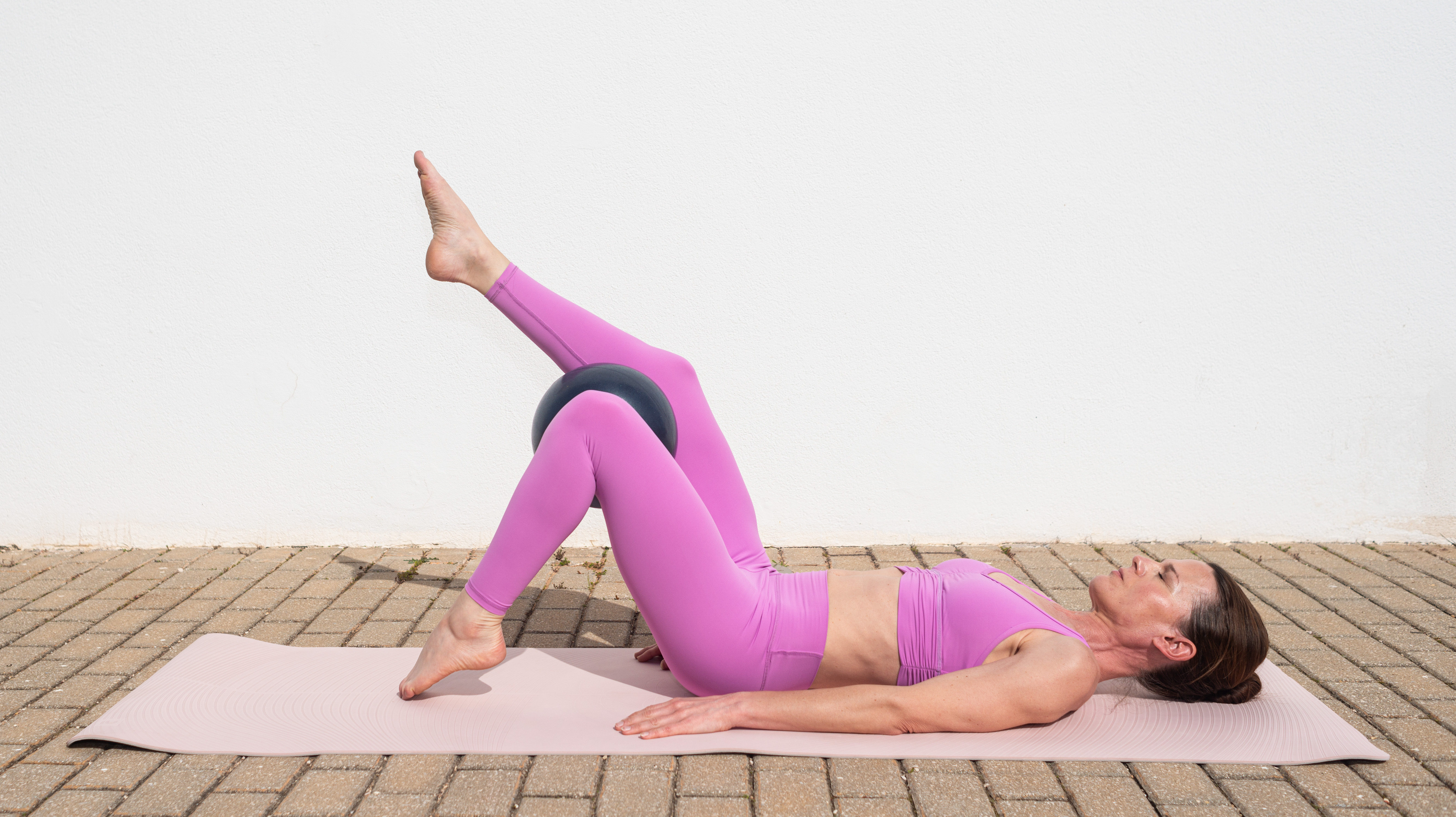
When you think of the core muscles, your first thought is probably of the abdominals, also known as the six-pack muscles. But your core is actually made up of a wide range of mid-body muscles, which provide stability and support.
One part of the core that is often overlooked is the pelvic floor, a group of muscles located at the base of the pelvis (between the abdominals and the thighs).
While it’s particularly important for pregnant and postpartum women to strengthen these muscles, as they can weaken after carrying a baby and giving birth, Pilates instructor Chloe Millward says everyone can benefit from pelvic floor exercises.
"It's not just for women, or for women who are pregnant or postnatal," she says. "Men have a pelvic floor too, so training it is beneficial for everyone."
Doing pelvic floor exercises can improve your overall core strength, particularly in the lower abdomen. It also has practical benefits, including improved bladder and bowel control.
In order to train your pelvic floor, Millward recommends investing in a Pilates ball. "It's a really amazing piece of equipment for pelvic floor and lower abdominal engagement—it's also really cheap," she says.
Millward has suggested three exercises that anyone can do to strengthen their pelvic floor, two of which require a Pilates ball and one that's completely equipment-free.
Get the Fit&Well Newsletter
Start your week with achievable workout ideas, health tips and wellbeing advice in your inbox.
Pilates balls are usually cheap, but this one is less than $5 at the moment thanks to an Amazon deal. You can use these small, inflatable balls for abs and pelvic floor workouts, but you can also use them to challenge your stability or provide strategic support during exercises.
How to do Chloe Millward's pelvic floor and lower abdominal workout
There are three exercises to try in Millward’s routine. Complete each one 8-10 times.
- Tabletop ball squeeze
- Seated ball squeeze
- Toe tap
Unlike some workouts, the key to pelvic floor exercises is moving slowly.
"If you move really fast, it's difficult to then think about engaging your core and your pelvic floor and getting your form right," Millward says. "Choosing workouts that are slow enough and low-impact enough for your brain to help you link everything up is key.”
The key to this workout is keeping your movements slow and controlled. Exhale as you move into an exercise and inhale as you relax. When you contract your pelvic floor, you should feel the muscles lift; it should feel similar to withholding passing gas.
Form guides
Tabletop ball squeeze
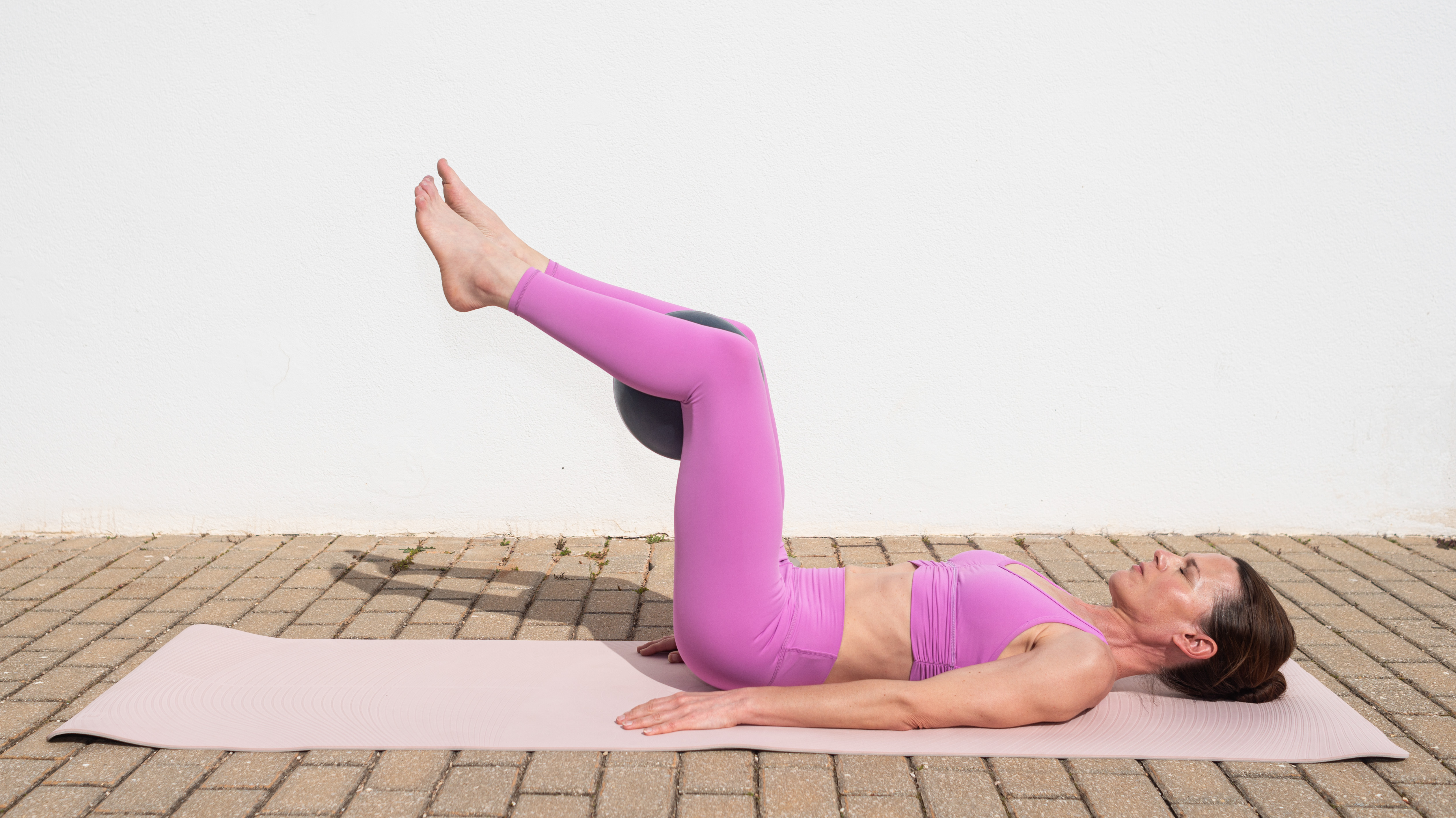
Reps: 8-10
- Lie on your back with your knees bent at a 90° angle and your shins parallel to the floor in tabletop position.
- Place a Pilates ball between your knees and engage your core to keep your lower back gently imprinted on the mat.
- Inhale. As you exhale, squeeze the ball gently with your knees.
Seated ball squeeze
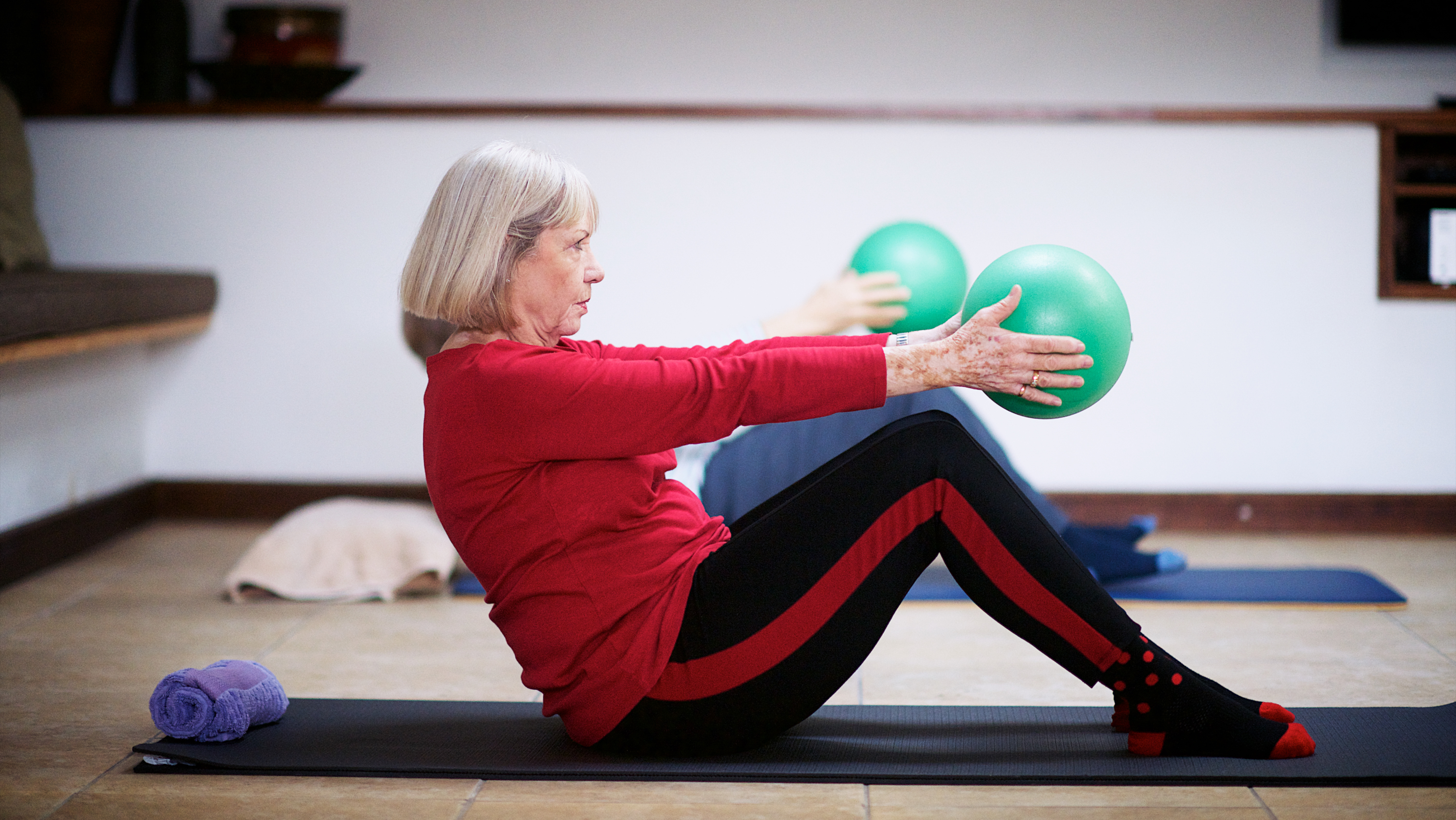
Reps: 8-10
- Sit upright on a mat with your feet flat on the floor, hip-width apart. Hold a Pilates ball in your hands and stretch your arms out in front of you. Keep your spine tall, shoulders relaxed, and core engaged.
- Inhale to prepare. As you exhale, gently squeeze the ball with your hands, pulling up through the pelvic floor and the core.
Toe tap
Reps: 8-10
- Lie on your back with your knees bent at a 90° angle and your shins parallel to the floor in tabletop position.
- Inhale to prepare. As you exhale, slowly lower one foot to tap the floor lightly with your toes, keeping the movement controlled. Avoid letting your lower back arch.
- Inhale as you return the leg to the tabletop position, then exhale as you lower the opposite leg to tap the floor.
Alice Porter is a freelance journalist covering lifestyle topics including health, fitness and wellness. She is particularly interested in women's health, strength training and fitness trends and writes for publications including Stylist Magazine, Refinery29, The Independent and Glamour Magazine. Like many other people, Alice's personal interest in combining HIIT training with strength work quickly turned into a CrossFit obsession and she trains at a box in south London. When she's not throwing weights around or attempting handstand push-ups, you can probably find her on long walks in nature, buried in a book or hopping on a flight to just about anywhere it will take her.
-
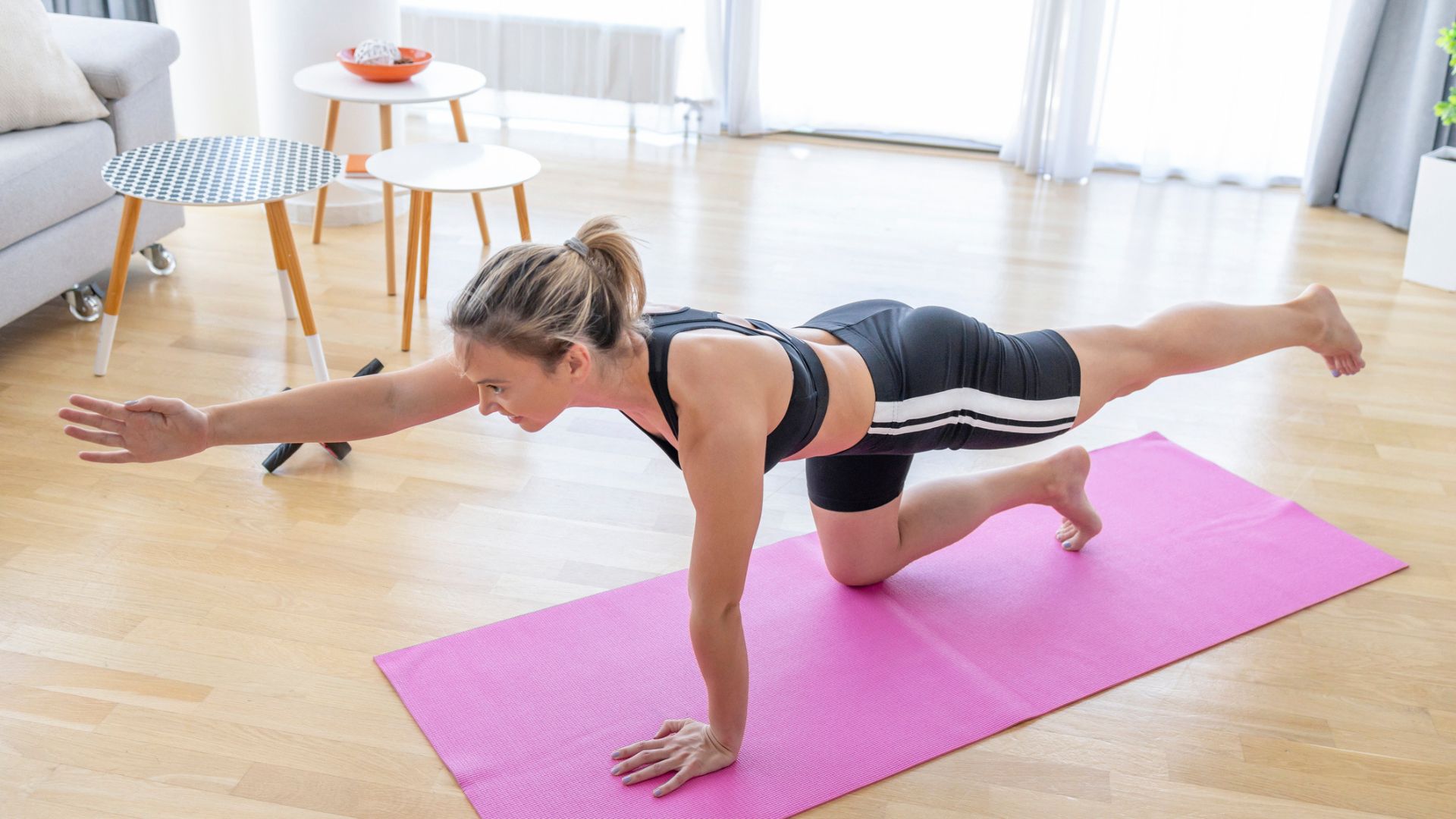 I did bird dog every day for seven days and now I understand why trainers recommend it for core strength, spinal health and posture
I did bird dog every day for seven days and now I understand why trainers recommend it for core strength, spinal health and postureThis simple bodyweight move has so many benefits
By Alice Porter
-
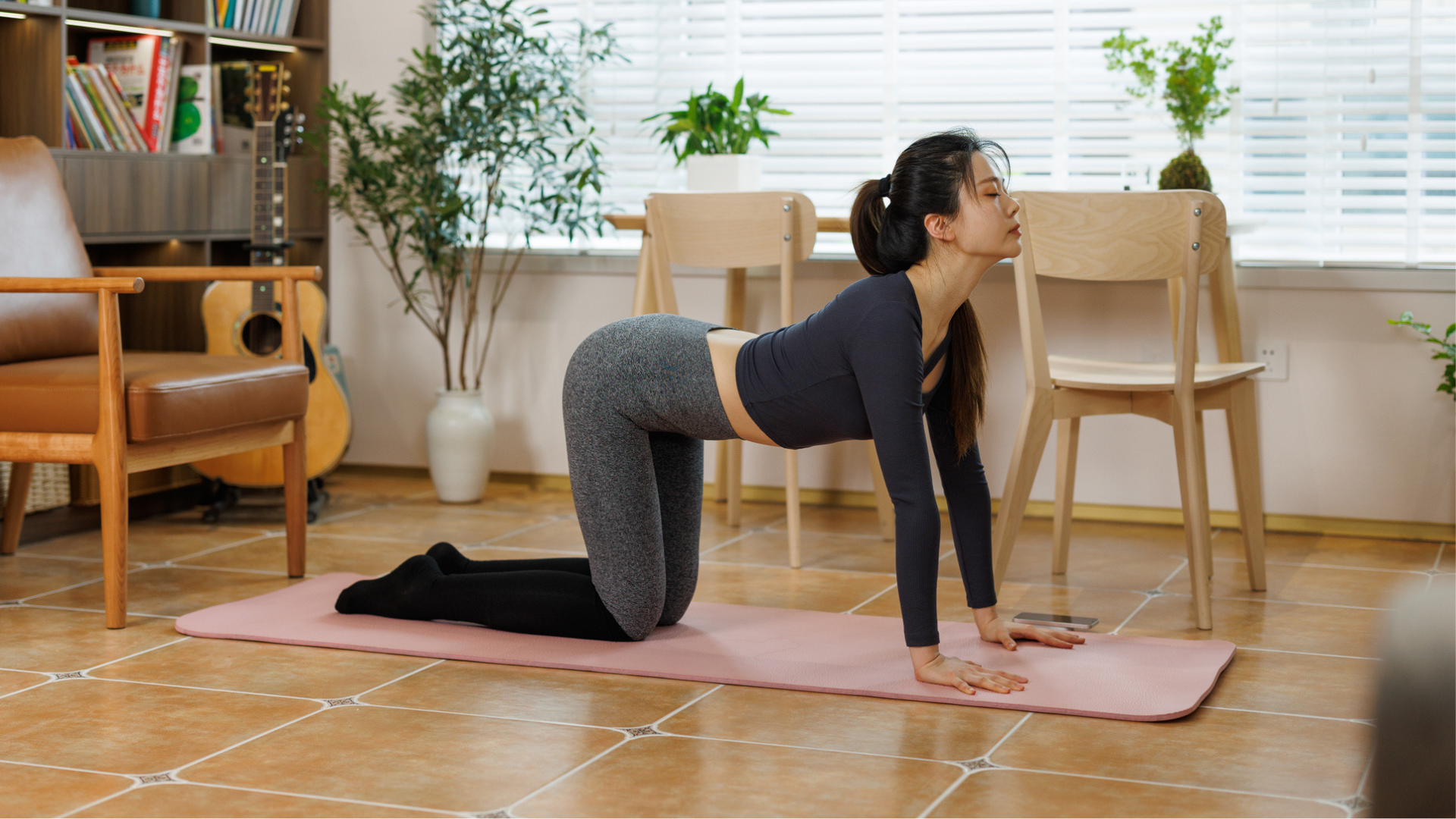 A yoga instructor says this eight-minute routine is all you need to mobilize your entire body
A yoga instructor says this eight-minute routine is all you need to mobilize your entire bodyStiff and achy muscles? Try this
By Alice Porter
